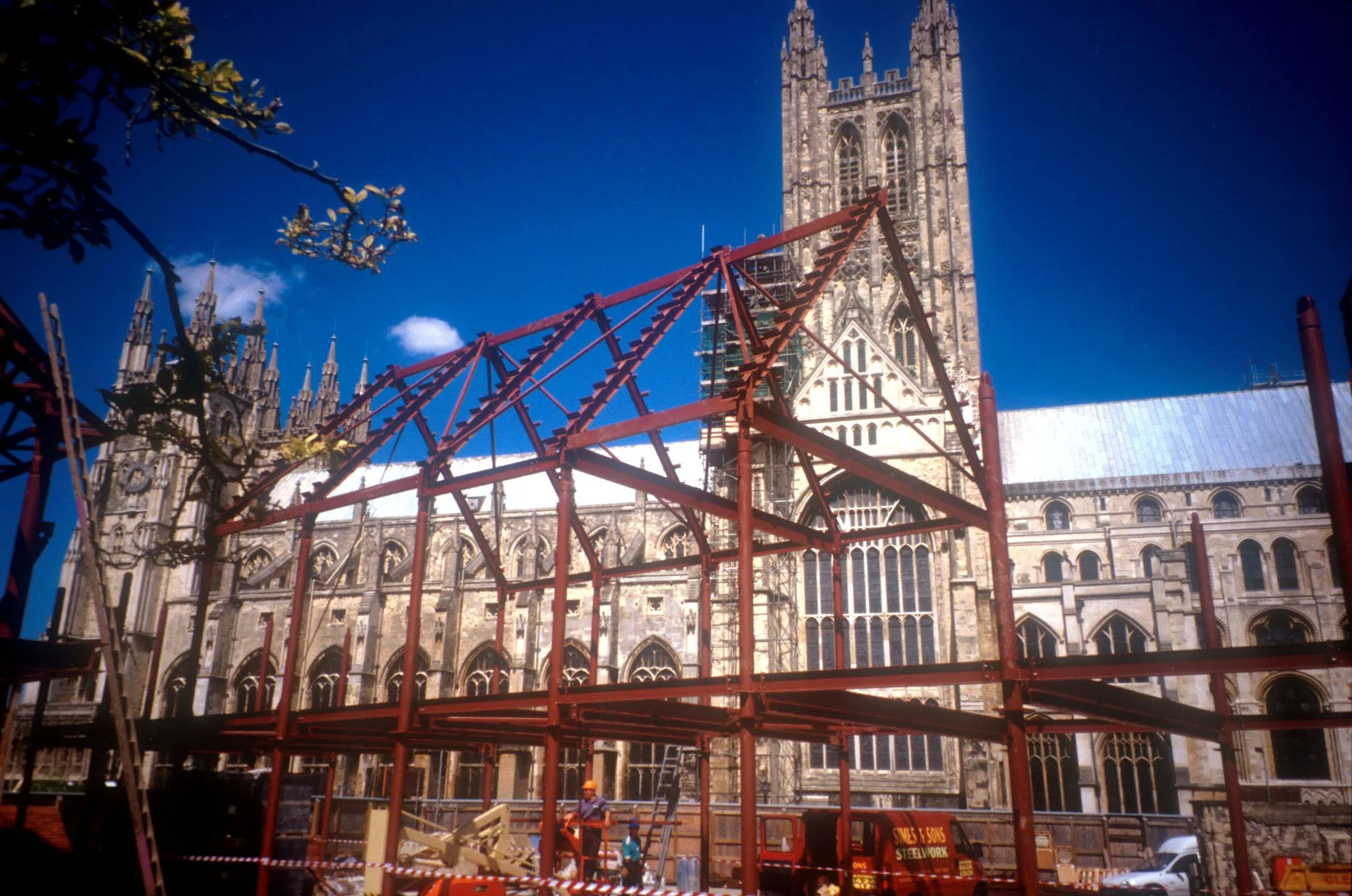Canterbury Cathedral and Precincts
Canterbury Cathedral and Precincts
We authored a Framework Conservation Plan to provide a strategic overview for managing the heritage of one of Europe’s most significant ecclesiastical sites.
Commissioned by the Dean and Chapter of Canterbury in response to The Canterbury Journey project, the Plan was needed to guide both immediate and future conservation initiatives.
The Plan covers the Cathedral itself, its extensive Precincts, and over 140 buildings and ruins ranging from the Norman period to the present, many of which are listed or Scheduled Monuments. It recognises Canterbury Cathedral as a site of exceptional significance—not only as the historic seat of the Archbishop of Canterbury and the Mother Church of the Anglican Communion, but also as a landmark of English Gothic architecture and international pilgrimage.
The Plan identifies four key administrative components within the Precincts: the Cathedral and Canonical buildings, The King’s School, the residential and commercial properties on Burgate and surrounding streets, and the Old Palace. Each has distinct management needs and heritage responsibilities. It also addresses overarching issues such as the conservation deficit, the condition of the monastic ruins (some of which are on Historic England’s Heritage at Risk Register), and inadequate visitor access and signage.
The plan outlines long-term conservation policies to reconcile the Cathedral’s religious mission with conservation needs. These include reducing the backlog of repair works, improving inclusivity and accessibility, enhancing public understanding and enjoyment of the site, and promoting collaborative stewardship among stakeholders.
Ultimately, our Plan serves as a master document, to be supplemented by more detailed Conservation Plans for specific areas, ensuring a cohesive and sustainable approach to managing the Cathedral’s unique historic environment.
Client: The Dean and Chapter of Canterbury



